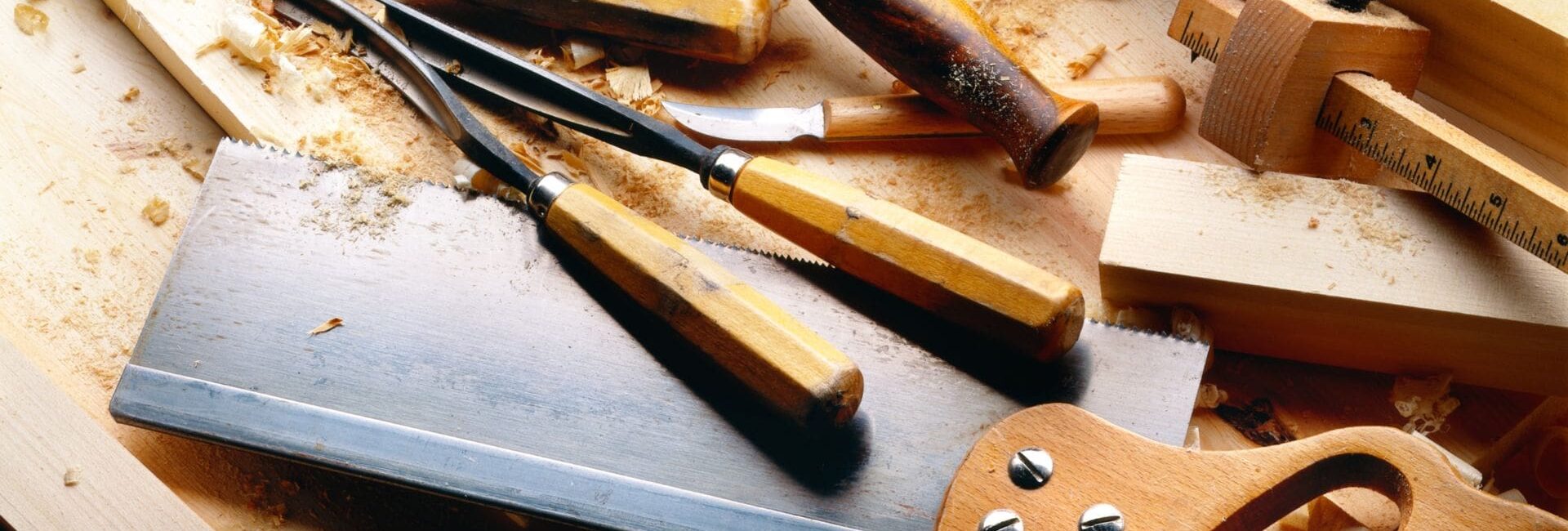
Carpentry, the age-old skill of working with wood, is a craft that has shaped our living spaces for centuries. From intricate furniture pieces to sturdy structures, carpenters possess a unique set of skills that blend creativity, precision, and practicality. In this article, we will explore the world of carpentry, its various specialties, and the indispensable role carpenters play in creating functional and aesthetically pleasing environments.
The Versatility of Carpentry
Carpentry encompasses a wide range of applications, from residential construction and remodeling to custom furniture design. Skilled carpenters are adept at working with different types of wood, such as oak, pine, maple, and mahogany, and can transform raw materials into functional and visually appealing objects. Whether it’s crafting a beautiful hardwood floor, constructing a sturdy wooden staircase, or building custom cabinets, carpenters bring warmth, elegance, and durability to any project.
Carpentry Specialties
a) Rough Carpentry: Rough carpentry involves the structural aspects of construction, such as framing walls, floors, and roofs. Carpenters skilled in rough carpentry work closely with architects and contractors to bring architectural designs to life, ensuring the structural integrity of a building.
b) Finish Carpentry: Finish carpentry focuses on the final touches that enhance the aesthetics and functionality of a space. Trim work, crown molding, baseboards, and door and window installation are just a few examples of finish carpentry tasks. Finish carpenters possess an eye for detail and precision, as their work adds the finishing flourish to a room.
c) Cabinetmaking: Cabinetmaking is a specialized branch of carpentry that involves designing, building, and installing custom cabinets and storage solutions. Cabinetmakers combine technical expertise with artistic flair to create tailored pieces that maximize space utilization while reflecting the client’s style and preferences.
d) Furniture Design and Restoration: Carpenters skilled in furniture design and restoration have the ability to create unique, handcrafted pieces or breathe new life into cherished antiques. From designing a custom dining table to meticulously repairing a vintage heirloom, these carpenters blend traditional craftsmanship with modern techniques.
The Role of Technology in Carpentry:
While carpentry is rooted in tradition, technology has become an integral part of the craft. Advanced tools such as computer-aided design (CAD) software, precision cutting machines, and laser measuring devices have streamlined the carpentry process, enabling carpenters to work more efficiently and with greater accuracy. However, it is important to note that despite technological advancements, the skill and expertise of a carpenter remain essential for bringing designs to life and achieving impeccable results.
The Importance of Collaboration:
Carpentry is rarely a solitary pursuit. Carpenters collaborate with architects, interior designers, contractors, and homeowners to bring their visions to reality. Effective communication and teamwork are crucial in ensuring that every aspect of a project aligns with the client’s expectations. A skilled carpenter understands the importance of listening to clients’ needs, translating their ideas into tangible designs, and providing expert guidance throughout the process.
Conclusion
Carpentry is a time-honored craft that merges functionality, beauty, and practicality. Skilled carpenters possess a blend of technical expertise, creativity, and attention to detail, enabling them to transform spaces and create lasting impressions. Whether it’s constructing a new home, renovating an existing space, or crafting bespoke furniture, carpenters bring a touch of artistry and craftsmanship to every project. Embracing both tradition and innovation, carpentry continues to shape our living environments, adding warmth, character, and functionality to our homes and businesses.

